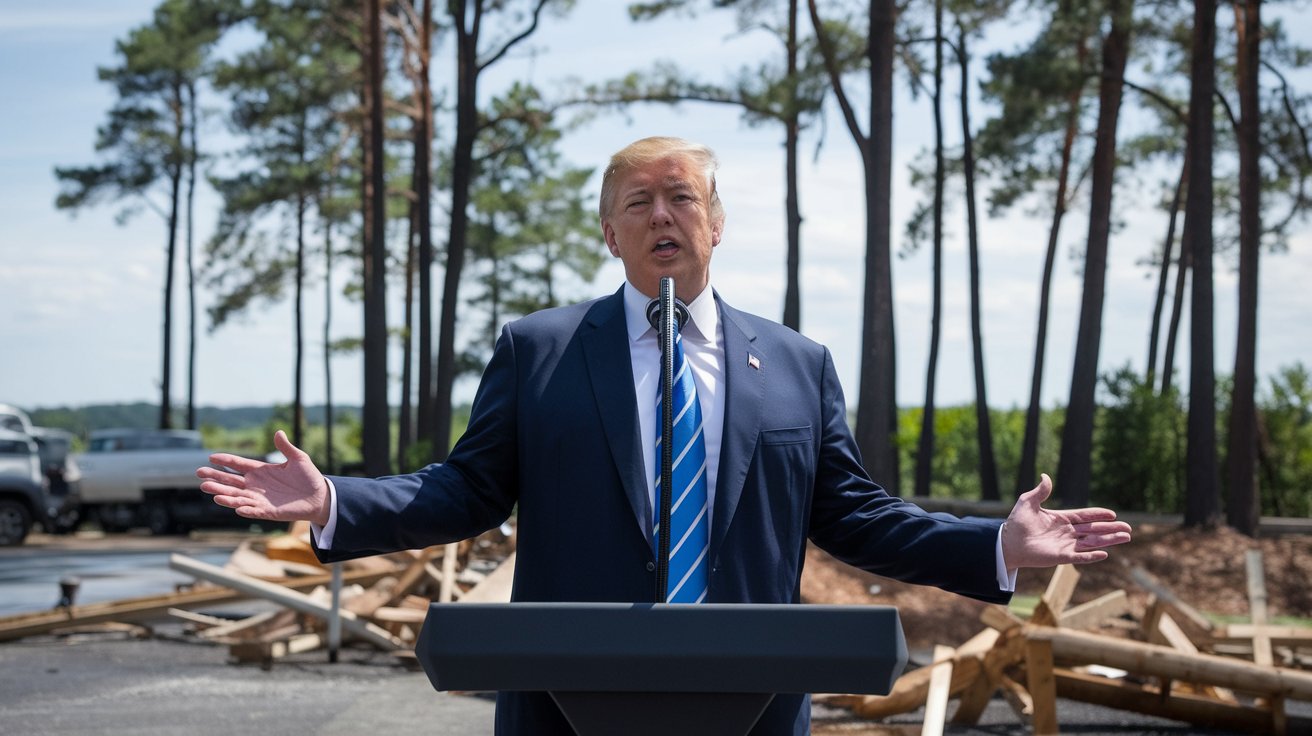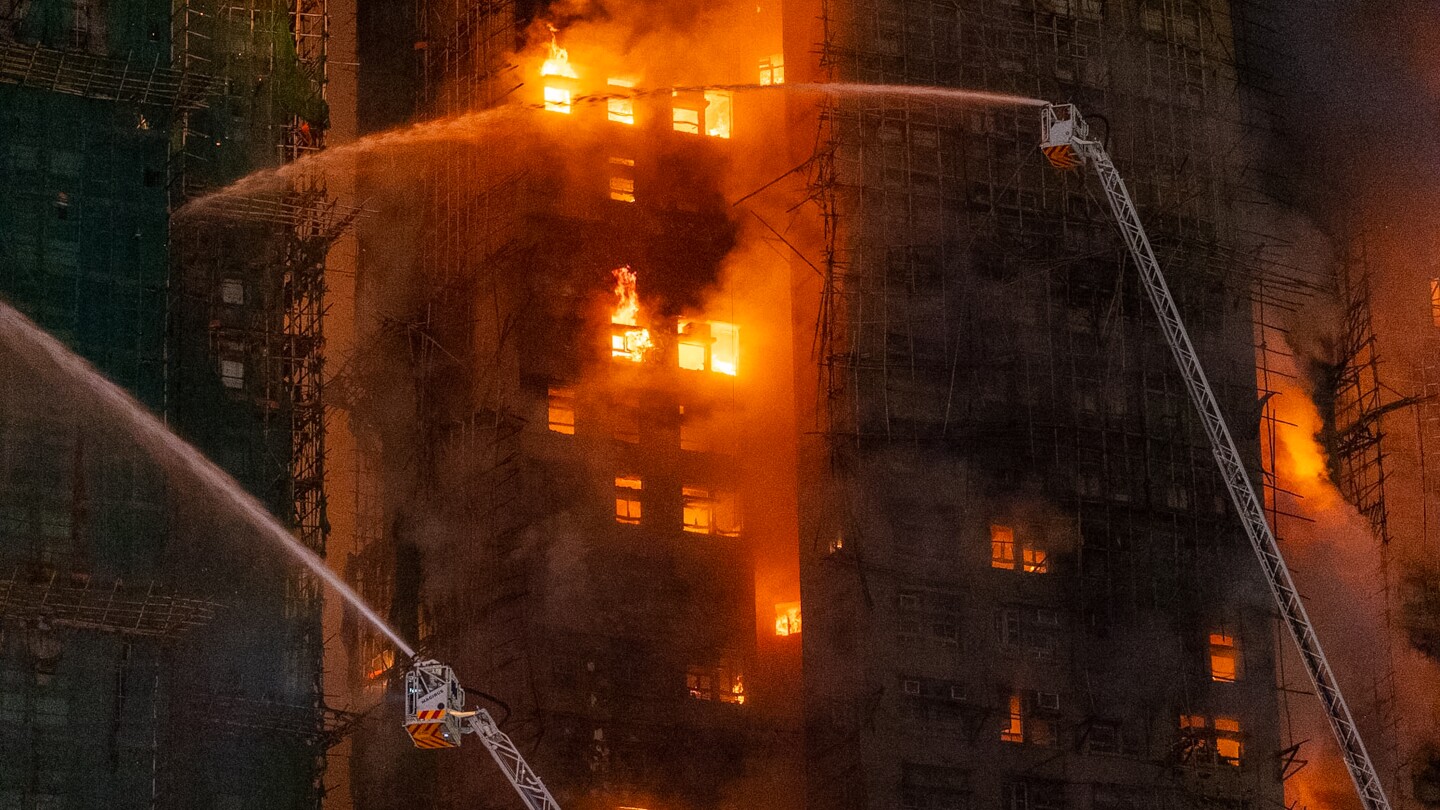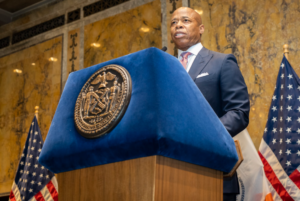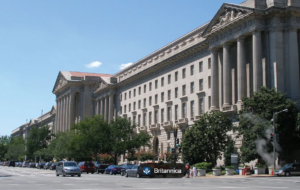President Trump Proposes Eliminating FEMA: What It Means for America’s Disaster Response
Could the United States be on the brink of a major shift in disaster management? President Trump proposes eliminating FEMA, a bold move that has sparked intense debate across the nation. During his recent disaster relief tour, Trump argued that state governments should take full control of emergency response efforts, claiming that federal involvement often leads to inefficiency and delays. This controversial proposal raises critical questions about the future of disaster preparedness in the U.S.—would states be better equipped to handle emergencies, or could this lead to fragmented and unequal disaster relief efforts?
In this blog post, we’ll explore Trump’s rationale behind the proposal, the potential impact on disaster response, and the mixed reactions from policymakers, emergency management experts, and citizens. Read on to discover what this could mean for the future of disaster relief and whether state-led efforts can truly replace a federal agency as crucial as FEMA.
Trump’s Argument for Eliminating FEMA
During his visit to North Carolina, where Hurricane Helene caused widespread devastation, Trump criticized FEMA’s disaster response, pointing to delays in aid distribution and logistical inefficiencies. According to the former president, disaster-stricken states should have direct access to federal funds without the oversight of a national agency.
“We need to rethink disaster management in this country,” Trump said during a press briefing. “States know their needs better than anyone. By eliminating FEMA, we can ensure quicker and more effective relief efforts.”
Similarly, while assessing damage from wildfires in California, Trump reiterated his stance, suggesting that states should have greater control over emergency funding. He further proposed tying federal aid to policy changes, such as implementing stricter environmental regulations and water management reforms.
Mixed Reactions to Trump’s Proposal
Trump’s proposal to dissolve FEMA has been met with both criticism and support from various stakeholders.
Supporters’ View
Advocates for eliminating FEMA argue that:
- State-Level Efficiency: Allowing states to handle disaster relief could reduce delays and ensure funds are allocated based on specific local needs.
- Reduction of Bureaucracy: Cutting down federal red tape could streamline emergency responses.
- Increased Accountability: States would be directly responsible for disaster management, leading to better resource allocation.
Critics’ Concerns
Opponents, however, warn that dismantling FEMA could lead to:
- Inequality in Disaster Response: Wealthier states may have more resources to handle emergencies, while poorer states might struggle without federal support.
- Lack of Coordination: Large-scale disasters, such as hurricanes and wildfires, often require national-level coordination to ensure a comprehensive response.
- Legal and Logistical Challenges: The dismantling of a federal agency would require congressional approval and could face resistance from lawmakers on both sides of the aisle.
What This Means for Disaster Preparedness
If FEMA were to be eliminated, disaster relief in the U.S. would undergo a major transformation. States would need to invest in their emergency response infrastructure, develop independent funding models, and coordinate resources across jurisdictions. The transition could take years and would require significant planning to avoid gaps in disaster preparedness.

Political Implications
Trump’s FEMA proposal is seen by many as part of his broader campaign to reduce federal oversight and empower states. As the 2024 elections approach, disaster relief policy could become a key talking point among candidates.
Conclusion
The debate surrounding FEMA’s future is far from settled. While Trump’s proposal has stirred discussions on improving disaster response, experts caution against dismantling a critical federal agency without a clear and effective alternative. As this story develops, it will be important to assess the impact on national disaster resilience and preparedness. [USnewsSphere.com]








